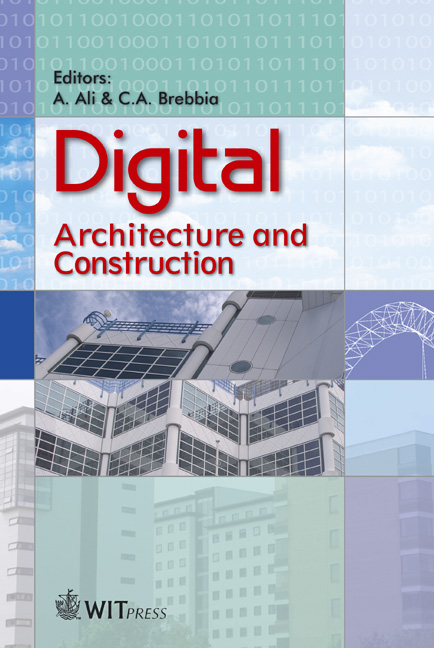Operative Representation And The Digital
Price
Free (open access)
Transaction
Volume
90
Pages
11
Published
2006
Size
710 kb
Paper DOI
10.2495/DARC060141
Copyright
WIT Press
Author(s)
G. Perin
Abstract
Animation software promotes new architectural design practices where form making is presented as a ‘clean’ indexical translation of contextual data or information. The formal outcomes typical of this design method implicitly resist the foregrounding of representation, either as a depiction or a tool, as a subject worthy of research. Given the ubiquity of the image this rejection has a capacity to create a rupture between the profession and the wider community. The objective of this paper is to provide a critique of the implicit theoretical position animation software has to representation and explore how the application of other software can be used in conjunction with strategies and techniques aimed at a critical engagement with the usage of the image present within this broader social context. In doing so the discussion will draw on texts, including those of Robin Evans and W. J. T. Mitchell, as well as built projects and outcomes of design-based research. The allure for abstract indexed form is evident of a longstanding architectural ‘iconophobia’ towards the image and as such embodies a very particular ideological bias that restricts the agency of architecture to contest its conventionalisation and subsequent deployment as a political tool or device of the market. In light of this an argument will be made for the generative capacity of the digital to act as a way of operatively engaging with the image’s representational ‘job’. The paper is not therefore opposed to the digital but against certain design practices that treat both the image as irrelevant and the modes of representation as an unproblematic and neutral transformative space. Keywords: design methods, processes and creativity, digital design, representation and visualization, knowledge based design and generative systems, social aspects.
Keywords
design methods, processes and creativity, digital design, representation and visualization, knowledge based design and generative systems, social aspects.




